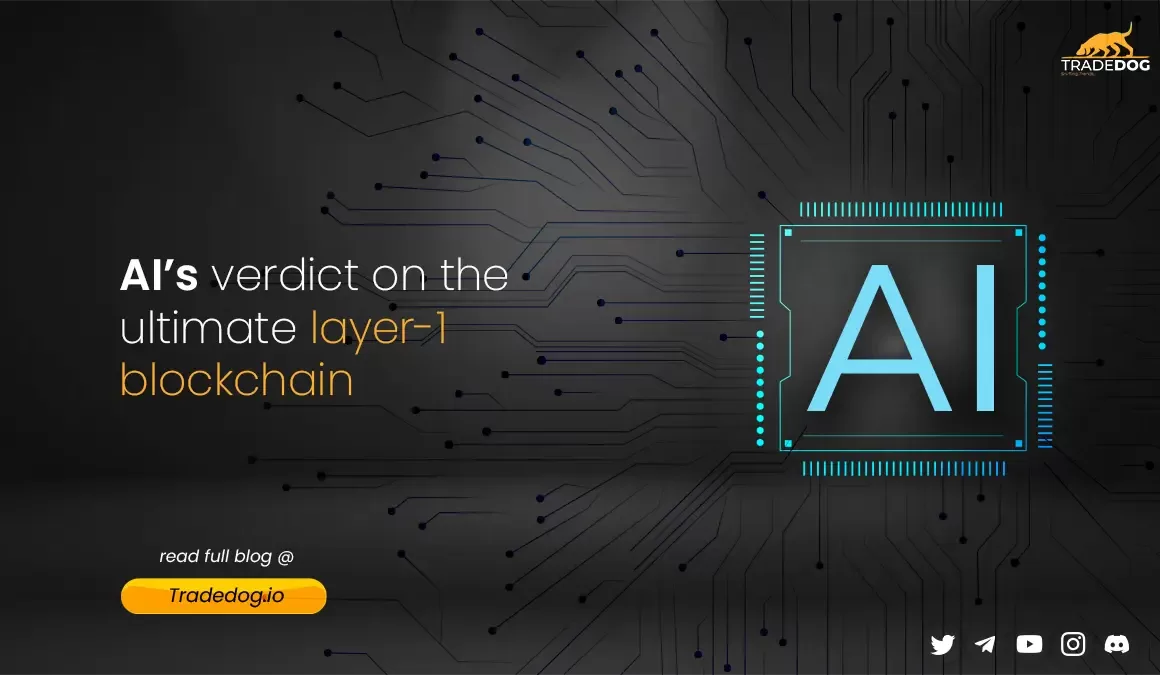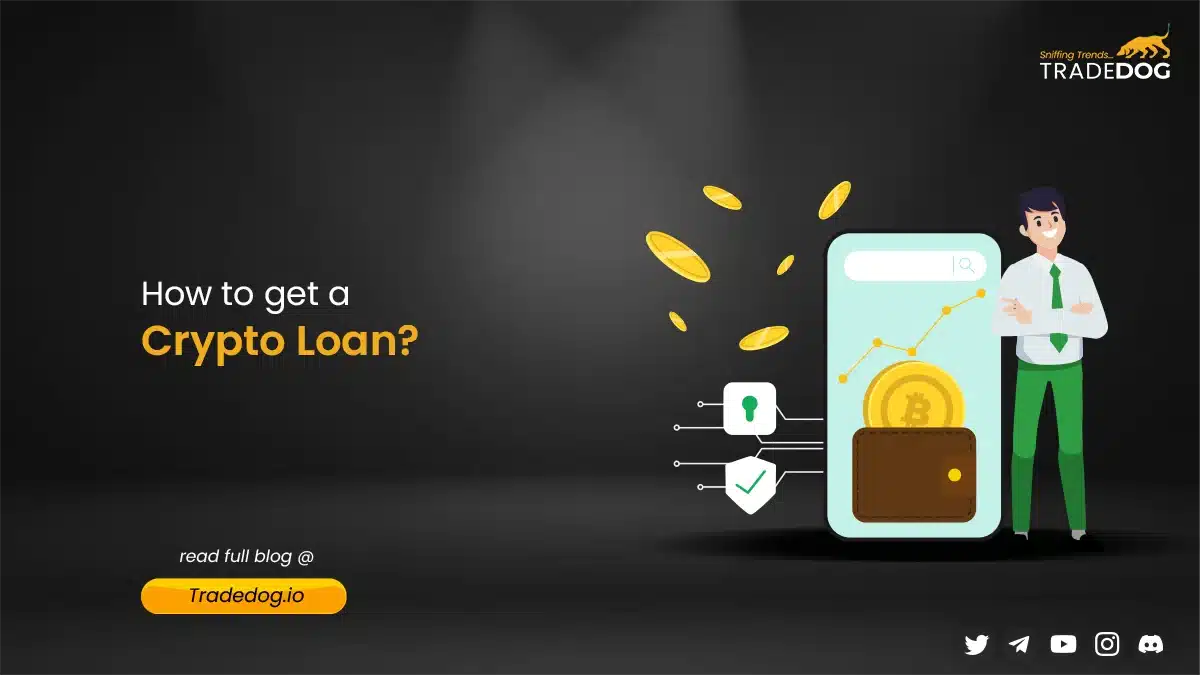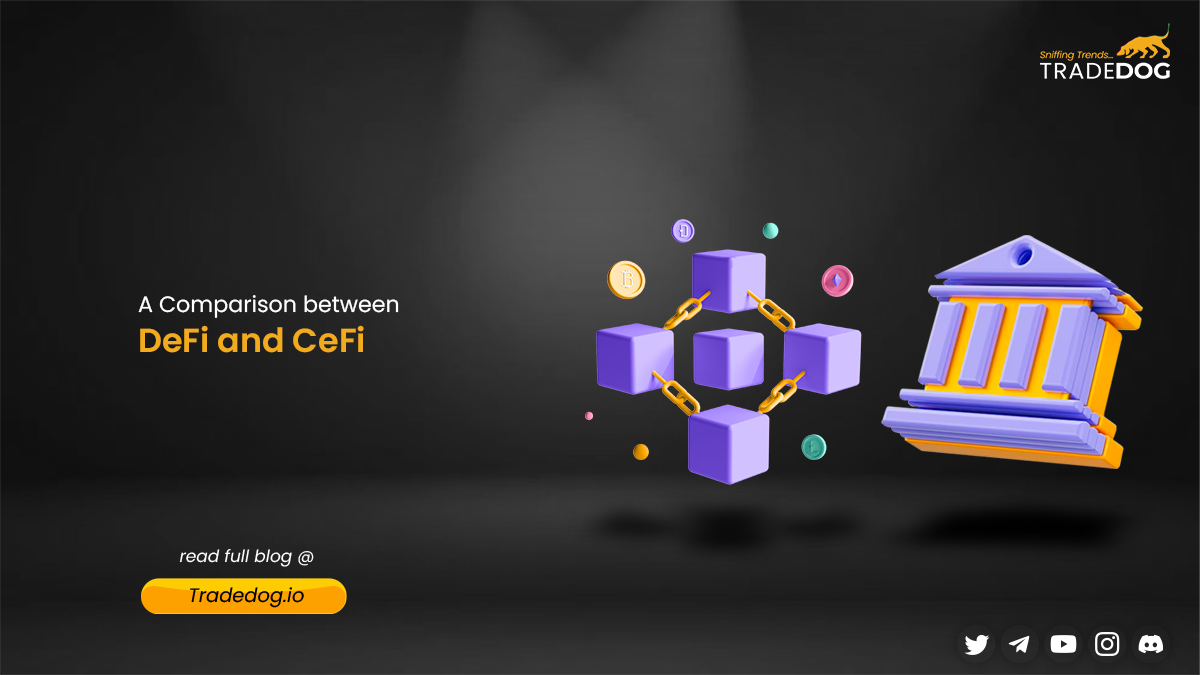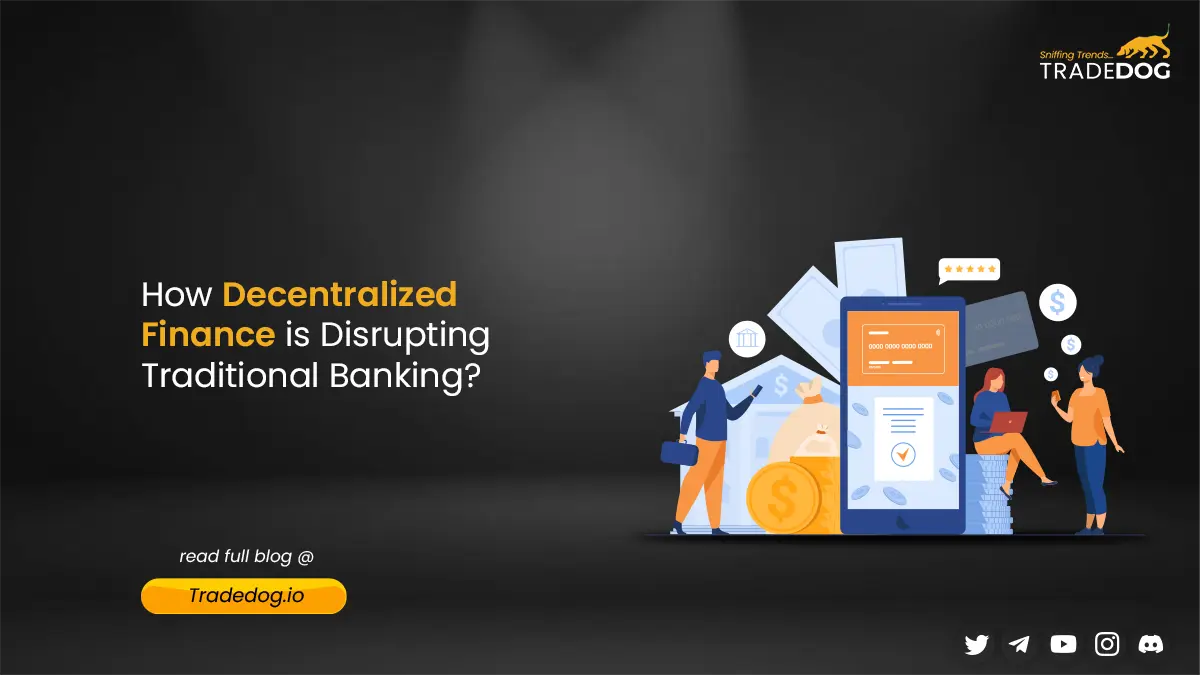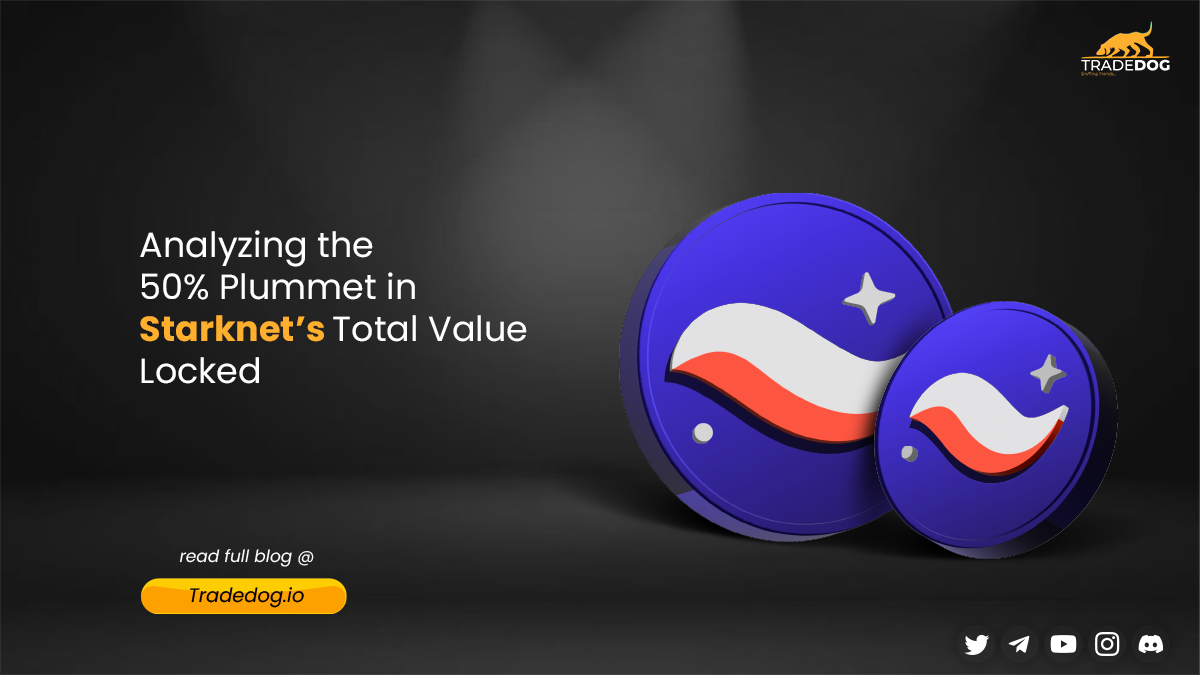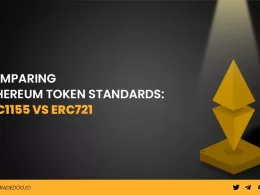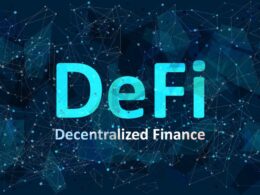Quick Links
- Google Bard Answers: Best Layer-1 Blockchain Based on Security
- Best Layer-1 Blockchain Based on Scalability by Google AI
- Best Layer-1 Blockchain Based on Interoperability by Google AI
- Best Layer-1 Blockchain Based on Developer tools and ecosystem by Google AI
- Best Layer-1 Blockchain Based on Adoption and use-cases by Google AI
- Best Layer-1 Blockchain Based on Energy Efficiency by Google AI
- Best Layer-1 Blockchain Based on Transaction Fees by Google AI
- The Google AI’s Verdict
- Conclusion
Amidst the ever-changing realm of blockchain technology, Layer 1 solutions stand as the fundamental cornerstones for creating decentralized applications and interconnected systems. With many choices boasting distinct attributes, selecting the suitable L1 blockchain can appear quite formidable. In this blog, we will explore, comparing the leading Layer 1 blockchain with the assistance of Google Bard. The analysis will illuminate key aspects such as security, scalability, speed, compatibility, and more. Our ultimate goal is to equip readers with the insights to confidently tailor your decision to align precisely with your specific requirements and ambitions. Let’s unveil the AI’s verdict on the ultimate Layer-1 blockchain.
Google Bard Answers: Best Layer-1 Blockchain Based on Security
| Blockchain | Security measures |
| Bitcoin | Encryption, firewalls, intrusion detection systems |
| Ethereum | Encryption, firewalls, intrusion detection systems |
| Solana | Encryption, firewalls, intrusion detection systems |
| Cardano | Layered security, encryption, firewalls, intrusion detection systems |
| Avalanche | Decentralized governance, encryption, firewalls, intrusion detection systems |
Security is paramount in the blockchain world, ensuring the integrity of transactions and user data. Bitcoin and Ethereum, two pioneering blockchains, exhibit high-security levels.
It is difficult to say which blockchain is the best regarding security, as each has its strengths and weaknesses. If you are looking for the most secure blockchain, Bitcoin or Ethereum are good options. It is also important to note that blockchain is only partially secure. There is always the risk of a security breach, so it is essential to do your research before investing in any blockchain.
Best Layer-1 Blockchain Based on Scalability by Google AI
| Blockchain | Throughput | Latency |
| Bitcoin | 7 TPS | 10 minutes |
| Ethereum | 15 TPS (with L2 solutions) | 15 seconds |
| Solana | 50,000 TPS | <20 milliseconds |
| Cardano | 250 TPS | <200 milliseconds |
| Avalanche | 4,500 TPS | <100 milliseconds |
As blockchain adoption surges, scalability becomes a pivotal factor. Bitcoin and Ethereum, though trailblazers, have limitations in this aspect. On the other hand, Solana, Cardano, and Avalanche have emerged as frontrunners, offering improved scalability to accommodate growing user demands. Based on the overall comparison, Solana is the best blockchain in terms of scalability.
Best Layer-1 Blockchain Based on Interoperability by Google AI
| Blockchain | Interoperability technology |
| Bitcoin | No interoperability |
| Ethereum | Layer 2 solutions such as Polygon and Arbitrum |
| Solana | Wormhole |
| Cardano | Milkomeda |
| Avalanche | Subnets |
The ability of blockchains to communicate seamlessly is crucial for fostering a connected and versatile ecosystem. Among the L1s, Solana has the most mature interoperability features. Wormhole is a cross-chain bridge that allows Solana to communicate with other blockchains, such as Ethereum and Binance Smart Chain. However, if you want a blockchain designed to be interoperable with Ethereum, in that case, Cardano or Avalanche may be better options.
Best Layer-1 Blockchain Based on Developer tools and ecosystem by Google AI
| Blockchain | Developer tools | Ecosystem |
| Bitcoin | Not many developer tools available | Not many dApps or DeFi protocols |
| Ethereum | Many developer tools available | Largest ecosystem |
| Solana | Many developer tools available | Growing ecosystem |
| Cardano | Many developer tools available | Growing ecosystem |
| Avalanche | Many developer tools available | Growing ecosystem |
A vibrant developer ecosystem is vital for innovation and growth within a blockchain platform. Bitcoin and Ethereum boast mature developer tools and resources, fostering a fertile ground for application development.
As you can see, the blockchains listed have various developer tools available. However, Ethereum has the most mature developer ecosystem, with the most significant number of dApps and DeFi protocols. Solana, Cardano, and Avalanche are all growing ecosystems, with many dApps and DeFi protocols being developed.
Best Layer-1 Blockchain Based on Adoption and use-cases by Google AI
| Blockchain | dApps | DeFi protocols | NFTs |
| Bitcoin | Few | Few | Few |
| Ethereum | 3,000+ | Over 100 billion | Over 100,000 |
| Solana | 500+ | Over 10 billion | 10,000+ |
| Cardano | 100+ | Over 1 billion | 10,000+ |
| Avalanche | 200+ | Over 1 billion | 10,000+ |
Widespread adoption and diverse use cases solidify a blockchain’s position in the industry. You can see from the above table that Ethereum leads the pack in adoption, powering many applications ranging from finance to non-fungible tokens (NFTs). Ethereum has the largest ecosystem of dApps and DeFi protocols, with over 3,000 dApps and over $22.72 billion in total value locked (TVL).
Best Layer-1 Blockchain Based on Energy Efficiency by Google AI
| Blockchain | Energy consumption per transaction |
| Bitcoin | 180 kWh |
| Ethereum | 62.5 kWh |
| Solana | 0.00022 kWh |
| Cardano | 0.00018 kWh |
| Avalanche | 0.00012 kWh |
With the global focus on sustainability, energy efficiency is a key concern. Bitcoin’s energy-intensive PoW mechanism places it on the higher end of the energy consumption spectrum. Meanwhile, Solana, Cardano, and Avalanche exhibit commendable energy efficiency, aligning with environmental consciousness. Solana is by far the most energy-efficient blockchain. It consumes less than 0.001 kWh per transaction, which is a fraction of the energy consumption of Bitcoin and Ethereum.
Best Layer-1 Blockchain Based on Transaction Fees by Google AI
| Blockchain | Average transaction fee |
| Bitcoin | $2.74 |
| Ethereum | $1.50 |
| Solana | $0.0002 |
| Cardano | $0.16 |
| Avalanche | $0.001 |
Transaction fees directly impact the cost-effectiveness of using a blockchain. Solana has the lowest average transaction fees by far. This is due to its high throughput and low energy consumption. Solana can process up to 50,000 transactions per second, meaning there is less competition for block space and, therefore, lower fees.
The Google AI’s Verdict
“The best Layer 1 solution will depend on specific needs and requirements. However, after considering the abovementioned parameters, I would recommend Solana as the best Layer 1 solution” – Google Bard.
Solana is a highly scalable and energy-efficient blockchain processing up to 50,000 transactions per second. It is also very secure and has a growing developer community. Solana is a good choice for applications that require high throughput and low latency, such as DeFi and gaming.
Conclusion
With the ongoing advancement of AI, its impact on cryptocurrency analysis is poised to amplify. AI platforms are poised to handle large data volumes, offering heightened precision in market insights. This enhancement will streamline the decision-making process for investors, facilitating informed capital allocation choices.
However, the ultimate decision should be guided by unique objectives and preferences. It would be best if you were sure to conduct thorough research, consider emerging innovations, and evaluate the evolving needs of your project.





